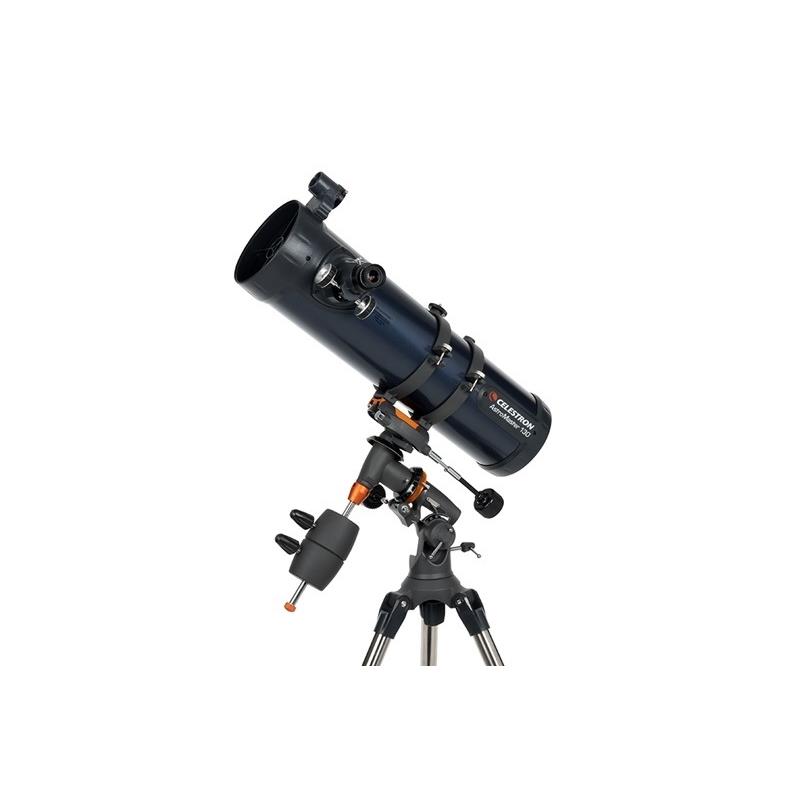

The magnitude limit of a 70mm telescope is about 11.9. The higher the magnitude, the dimmer the object. A star’s brightness is measured in magnitude. Pluto and the other dwarf planets in the Solar System will most likely be out of reach.Īs for stars, some calculations can be made to approximately determine the maximum limit a telescope can reach.

Saturn’s rings might be recognizable under certain conditions, but they will look the same color as the planet. For example, Jupiter will most likely look like a light yellow spot and Neptune a sky blue dot. The outside planets beyond the asteroid belt will be seen mostly in one single color and it is unlikely you will be able to capture any of their shades.

With some luck, depending on the viewing conditions and how close it is to Earth, you might be able to distinguish its poles and maybe some of the bigger areas. You will also be able to take a great look at the Moon and clearly distinguish most of its recognizable features and craters. With a 70mm telescope, you will easily be able to see every planet in the Solar System. There is no exact data as to exactly how far and how good you can see certain objects with a telescope depending on its aperture because there are other important variables like focal length, magnification, the quality of the lenses/mirrors, and even the weather so consider this section a bit anecdotical. Someone who enjoys looking at the stars will want to move up really fast. The highest useful magnification per inch of aperture is 50x, meaning a 70mm aperture can only go as high as 135x magnification. It’s going to look the same as 100x magnification because your telescope is gathering a limited amount of light. It doesn’t matter if you try to use 300x magnification. One of the biggest drawbacks of small aperture lenses is they don’t allow you to use high magnification eyepieces. Few options when it comes to magnification.The small lenses lead to a low-resolution image.All the good manufacturers make at least one product in this range. Generally light and small, easy to carry around.70mms are usually light and easy to carry around, making them a valid option if you are planning to bring your telescope on trips. The exception to the rule is if you are looking specifically for a travel/camping telescope. Otherwise, you might want to make the jump to the 100mm range or higher. That doesn’t necessarily mean they are bad, simply that they are made for a specific audience who is just getting started with stargazing.Īs a general rule, I’d personally recommend them only for kids under the age of 15 or if you really really want a telescope now but you are on a super tight budget. They are some of the cheapest you will find. Scopes in this range will usually not break the bank. They are made for kids and teenagers who are curious about astronomy and are looking to get their first telescope. Who are these telescopes good for?ħ0mm telescopes are entry-level products.

In the case of 70mm telescopes, the “mm” stands for millimeters and is equivalent to 2.7 inches. The aperture in a telescope is the size of the frontal lens or mirror, the one that captures the light. Whenever you see a number with a unit behind a telescope name it usually refers to the telescope’s aperture. In this article, we are going to focus on 70mm telescopes as they are quite common and they are one of the most typical ranges. This is why it is so important that you know what to expect from your telescope and understand what you are going to see with it. If they go with a low-quality product or have higher expectations about what they are going to see through it, they can end up disappointed and might never give it another try. Just seeing some numbers in a table doesn’t really tell you much about whether or not a telescope will match your expectations.Ī person’s first telescope can make or break their stargazing experience for life. It can be hard to assess how good a telescope really is just from reading the specifications sheet.


 0 kommentar(er)
0 kommentar(er)
